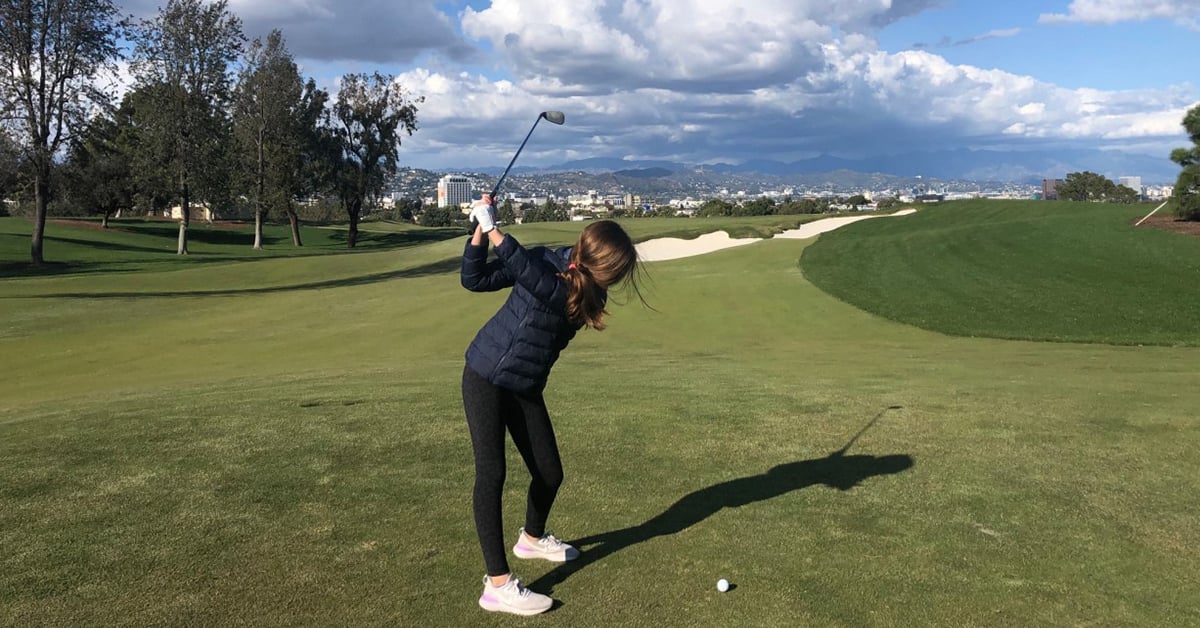Even Golf, the "Sport of Social Distancers," Has Been Affected by the Coronavirus

Last weekend, President Donald Trump extended "social distancing" guidelines related to the COVID-19 pandemic until April 30, 2020. While some critics say that the federal government needs to do more, others say that the guidelines are overly restrictive and have had a disproportionate adverse impact on the economy.
Golf was already a fragile industry before the coronavirus, having seen a 5 percent decline in rounds played per year from 2017 to 2018, although recent studies seemed to show that golf had turned a corner. In 2019, the National Golf Foundation found that golf participation was on the rise for the first time in 14 years. Now, however, a percentage of all golf courses are shut down by government order and faced with the prospect of losing at least 30 to 45 days of revenue during what is, in many locations, a high point in the season and a significant contribution to income and profitability.
The game could be considered the sport of social distancers. For four-plus hours, not more than four golfers (and maybe their caddies) walk outside on acres of open space. Other than the occasional crude joke or congratulations on a great shot, conversation is kept to a minimum. If golf eliminated carts, a person could keep 6 feet away from any other person in the group of players. You don't touch anyone else and you don't share equipment. Some players feel that a golf course is the safest place to be during a pandemic.
As the number of people infected with coronavirus increased, governments, golf clubs and a variety of golf associations had a wide range of recommendations. At first, course owners did not change behaviors. They set out guidance about maintaining distances from other golfers and cautioned older players about the risks of coronavirus among those older then 65, 70, and 80. Quickly, information was sent out about whether the virus lingers on surfaces such as a golf cart or flagstick. Finally, when governors in state after state started to issue "stay-at-home" and "shelter-in-place" orders, golf course owners were required to figure out how to respond.
Yet, guidance has been unclear – not unlike the situation in many industries across the country. As law firms, including Holland & Knight, grapple with what constitutes an "Essential Business" and advise clients on the same, there is little consistency between federal, state and local governments on rules related to golf courses. That leads to ambiguous or confusing information for golf facilities that, seemingly, have been left in limbo as to what the best course of action may be amid the pandemic.
Los Angeles Mayor Eric Garcetti closed the city's golf courses, but again, that has not been a consistent stance nationwide. In Ohio, the state's Department of Health has ruled that golf is permissible with restrictions. That was a reversal from the state's March 26 decision that all courses must close through April 6. In Oregon, Gov. Kate Brown has kept golf courses open provided they adhere to strict social distancing guidelines.
Holland & Knight has created a state-by-state summary of guidelines for business closures and other orders, while the Golf Course Superintendents Association of America (GCSAA) provides a state-by-state assessment of golf course closures. A unique issue, though, is the distinction between golf course maintenance and actually playing golf. In most cases, maintenance is allowed even when play is not. Please check local county and city rules as they may supersede any state order.
Another important fact to consider is whether the course is part of a private club or a public golf course. Private equity club members, who hold an ownership stake in the club, are circumventing the "Essential Business" requirement by taking the position that their use of the facilities is not "business." Instead, they say that they are exercising a property right to access the real property owned by an entity in which they are shareholders – akin to homeowners using their backyards during the pandemic.
For equity members holding an ownership interest in the club, use of the facilities arguably entails no outside commercial activities. Private clubs have gotten creative by cutting off public/guest play, closing pro shops and clubhouses, shutting down food and beverage service, and limiting players to one person per cart (or even two players per group). However, concerns remain from a liability perspective should a member contract COVID-19 out on the course.
To help prevent that, the Golf & Health Project, supported by the World Golf Foundation, has posted a list of safety guidelines for players. The National Golf Course Owners Association (NGCOA) also has posted approved guidelines.
